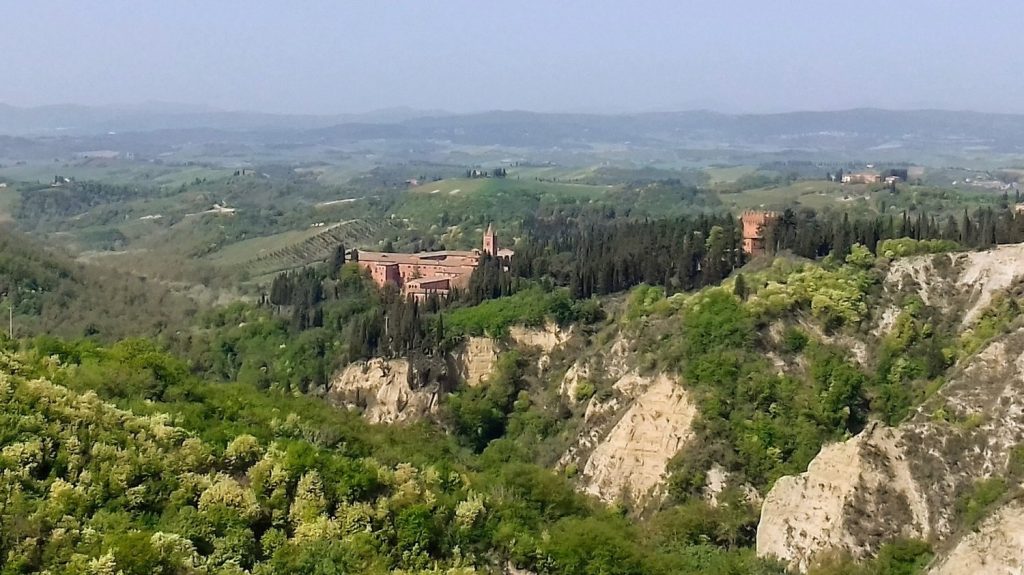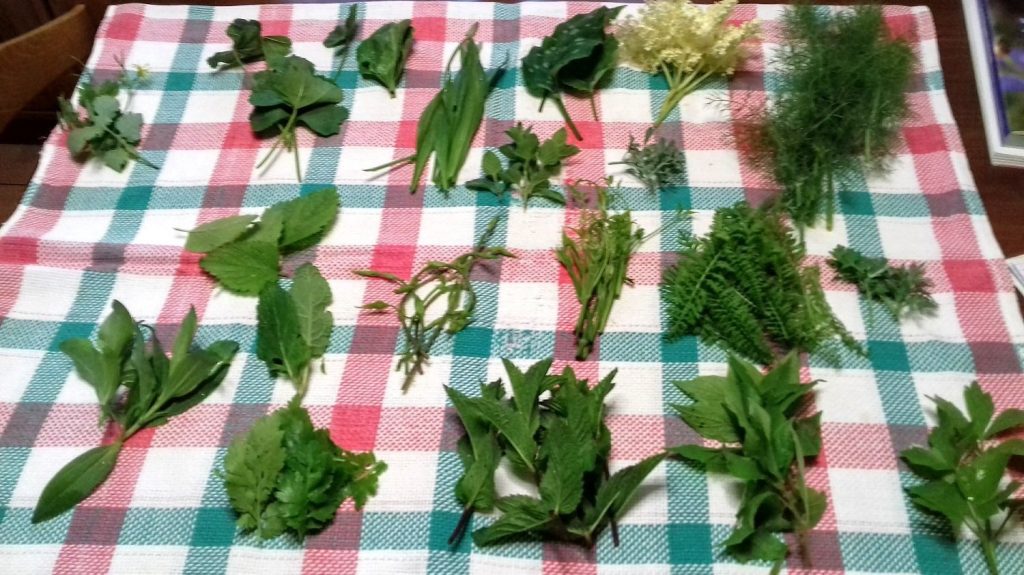The project aims to investigate the influence of some Italian sacred natural sites on biodiversity and ethnobotanical knowledge. In particular, UNISG deals with the traditional knowledge of spontaneous plants in adjacent and non-adjacent areas, compared to the chosen sacred sites.

SCIENTIFIC MANAGER: Andrea Pieroni
OTHER UNISG RESEARCHERS INVOLVED: Paolo Corvo, Giulia Mattalia
PARTNERSHIP: University of Bologna (Italy), National Research Council (Italy)
DURATION OF THE PROJECT: 36 months
FUNDING INSTRUMENT: Italian Ministry of University and Research – Progetto di Rilevante Interesse Nazionale Descrizione (PRIN) 2015
SITO WEB: site.unibo.it/bioessans/it
Description
This interdisciplinary project investigates patches of land protected by virtue of spiritual motives, henceforth named ‘Sacred Natural Sites’ (SNS), can best contribute to the conservation of biological and cultural diversity. The project investigates long-term traditional management practices in SNS in Italy, where the history of such cultural issues is fairly long, is a major determinant of special biodiversity and ecosystem services with a special focus on soil, soil and biota. Thus, the project proposes innovative policy instruments for the integration of these areas into the current schemes of land protection. The project intercepts a fast-growing interest in the relationship between faiths and nature conservation, both globally and within Roman Catholicism in particular, and responding to the need for new and more effective conservation strategies.
UNISG, through over 200 interviews with local informants, has investigated the link between the Sacred Natural Sites and the Traditional Ecological Knowledge in 7 sites located in different areas of Italy: Beata Vergine di Castelmonte (Prepotto, UD), Madonna del Faggio (Pieve) Santo Stefano, AR), Monte Oliveto Maggiore Abbey (Asciano, SI), Madonna di Monte Tranquillo (Pescasseroli, AQ), Madonna dell’Altare (Palena, CH), Certosa dei Santi Stefano and Bruno (Serra San Bruno, VV) , San Sebastiano (Teti, NU).
Publications
Mattalia, G., Volpato, G., Corvo, P., Pieroni, A. (2018). Interstitial but resilient: Nomadic shepherds in Piedmont (Northwest Italy) amidst spatial and social marginalization. Human Ecology (Springer).
Mattalia, G., Sõukand, R., Corvo, P., Pieroni, A. Scholarly vs. Traditional Knowledge: Effects of Sacred Natural Sites on Ethnobotanical Practices in Tuscany, Central Italy Human Ecology, 4 (2019):653-667
Mattalia, G., Sõukand, R., Corvo, P., & Pieroni, A. (2019). Blended divergences: local food and medicinal plant uses among Arbëreshë, Occitans, and autochthonous Calabrians living in Calabria, Southern Italy. Plant Biosystems, 1-12.
Mattalia, G., Sõukand, R., Corvo, P., Pieroni, A., 2020. Dissymmetry at the Border: Wild Food and Medicinal Ethnobotany of Slovenes and Friulians in NE Italy. Econ. Bot. 74, 1–14. doi:10.1007/s12231-020-09488-y
Mattalia, G., Corvo, P., & Pieroni, A. (2020). The virtues of being peripheral, recreational, and transnational: local wild food and medicinal plant knowledge in selected remote municipalities of Calabria, Southern Italy. Ethnobotany Research and Applications, 19, 1-20
Mattalia G., Sõukand R., Corvo P., Pieroni A. (2020) Wild food thistle gathering and pastoralism: an inextricable link in the biocultural landscape of Barbagia, Centrale Sardinia, (Italy). Sustainability, 12(12), 5105

